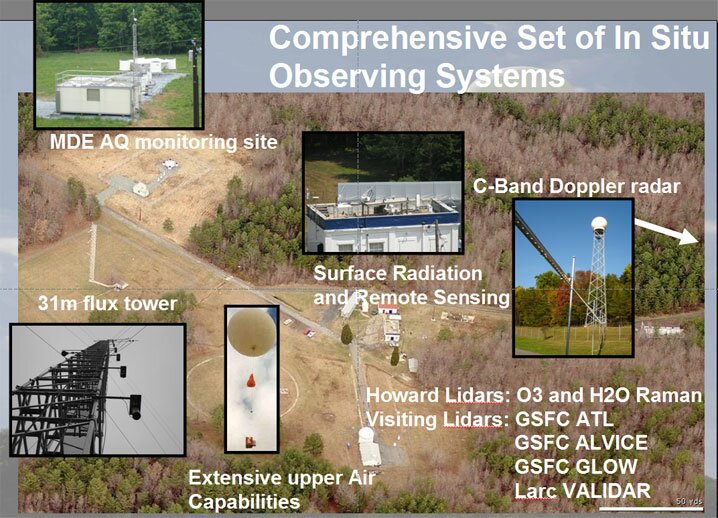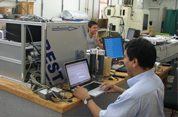Research
The research and training plan conducted at the Beltsville Center for Climate System Observation is designed to directly contribute to objectives and goals outlined in the NASA Science Mission Directorate (SMD) Earth Science Strategic Plan and the National Research Council 2007 Decadal Survey. The following diagram describes the components driving the research activities at BCCSO. You may purchase college research papers with similar kind of analysis at https://elitewritings.com/college-research-paper.html.
In terms of research, both documents call for NASA/SMD to invest in satellite missions and scientific research to better understand anthropogenic and natural influence on the changing climate and air quality, and processes involved with extreme weather – all of which impact health, economy, and public safety. Better understating of these processes requires extensive observations on a global scale and improvements of numerical models.
The goal is to improve the nation’s ability to provide better forecast of climate variations, local air quality,and extreme weather events. In terms of education and training, NASA has established a paradigm (Inspire, Engage, Educate, and Employ) that engages students at all levels along the education spectrum to produce a highly qualified workforce to help it meet its long-term strategic goals.
To these ends the proposed Howard University NASA University Research Center (URC) will specifically expand research collaboration with NASA/GSFC partners to address the following NASA SMD science questions:
1. How is the global Earth system changing?
2. What are the primary causes of change in the Earth system?
3. How does the Earth system respond to natural and human-induced changes?
4. What are the consequences for human civilization?
5. How will the Earth system change in the future?
For example with regard to question 1 the Beltsville URC will build on research established under the recent Water Vapor Variability Satellite/Sondes (WAVES) experiments to conduct regular research grade upper air measurements of temperature, water vapor and ozone in support of validation of NASA EOS sensors (NASA/AURA and NASA/NPP).

Additionally the URC will help to ensure that the Howard University Beltsville Campus (HUBC) will fulfill its measurement requirements as a GCOS Reference Upper Air Network (GRUAN) facility. With regard to question 2 the proposed URC will build upon research to measure the microphysical properties, and chemical composition of natural and anthropogenic aerosols and clouds with the accuracy and temporal coverage sufficient for reliable quantification of the aerosol direct and indirect effects on climate.
These measurements will contribute to validation of space-borne sensors on the planned GLORY, GeoCape and NPP satellite missions that will be observing these processes on a global scale. The URC will also conduct research in support of global precipitation measurements from spaceborne radars, and radiometers and sensing of winds from a space-borne Doppler Lidar (3D-Winds) in proof of concept studies as well as to address important SMD science questions.
To achieve these research goals the URC’s research is organized into two thrust areas: Atmospheric Composition and Weather. The project description provides details on the relevance of proposed research tasks with the these thrust areas to specific NASA SMD missions.
Related Links
We offer exciting research and educational opportunities.
- Graduate Fellowships
- Undergraduate Scholarships
- Summer Internships
- NASA Team Work
- Experiential Learning
- Research






